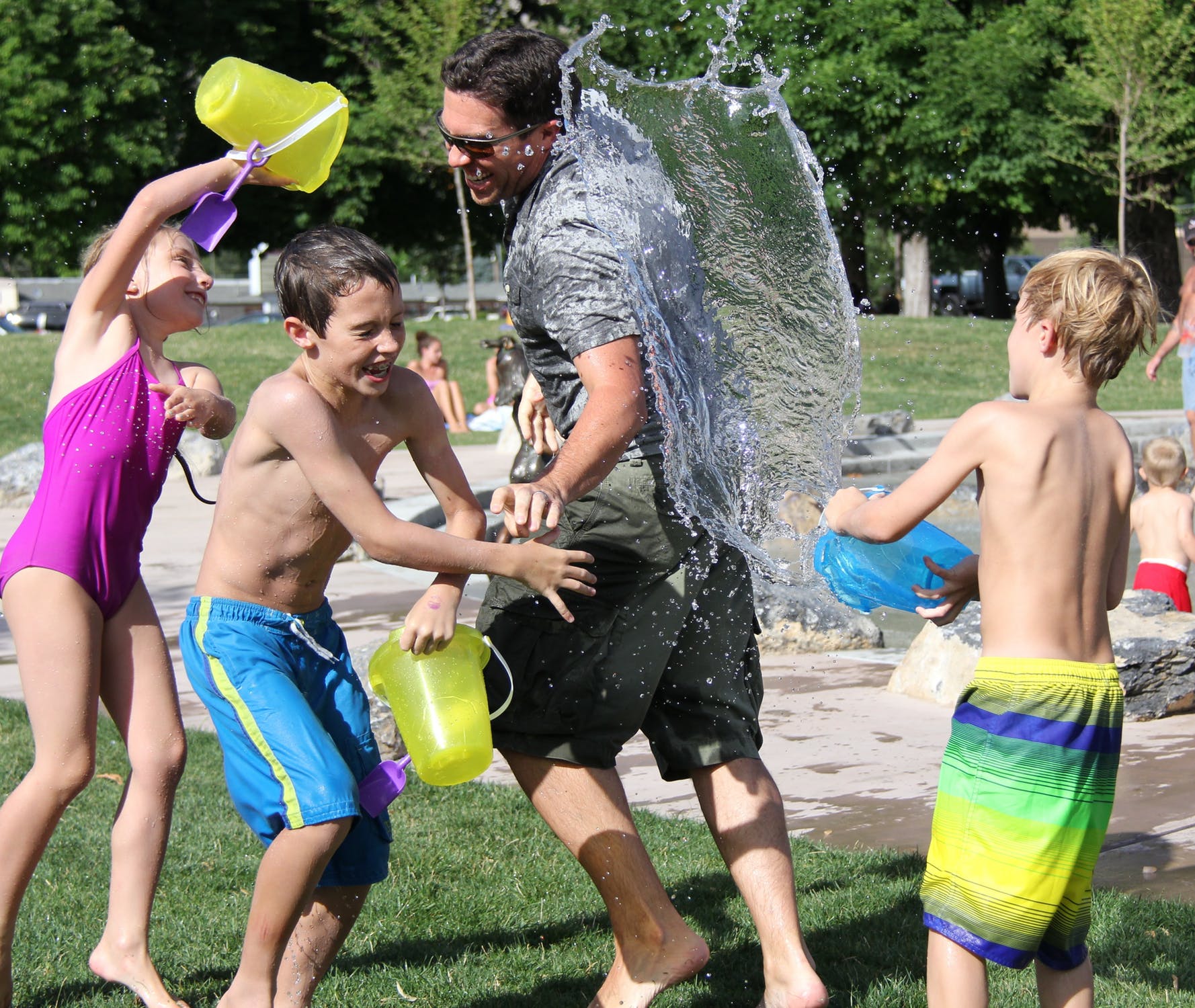The Lost Art of Letter Writing
Did your children write letters to Santa in which they requested the items they would most like to have delivered on Christmas Eve? Did they hand-write lists of toys and games they hoped would be left under the Christmas tree?
Writing letters to Santa is an age-old tradition in which most children eagerly engage, but what about other writing opportunities that arise throughout the year? Are your children as enthusiastic to put paper to pencil?
Now that the holiday season has come to a close, Santa’s presents have been broken in, and your children are indoors while it is cold outside, it is the perfect time to encourage them to write thank you notes to the friends and family members (and even Santa) who presented them with gifts. The waning art of writing thank you notes teaches children to show gratitude for what they have received. Handwritten notes, in particular, are personal and much appreciated by the gift giver.
Writing is an often neglected literacy skill that many children struggle with in school. As a licensed reading clinician, I am often called upon to help students with the process of transferring their thoughts to paper, organizing those thoughts, and composing a letter, story, essay, or research paper. It can be a daunting task for children who are not regularly engaged in the process, so any writing activity that can be completed at home is great practice. The writing activity that my students prefer most is letter writing, particularly when they receive a response from the recipient. The post-holiday season and birthdays are a perfect time to encourage your children to express their thoughts of gratitude by sending a hand-written note of thanks.
Modeling how you write a thank you note is one of the best ways to teach your children how to write one of their own. For a sample letter, visit www.pbskids.org/arthur/games/letterwriter. Another option is to use a letter generator to demonstrate how the parts of a letter are written. Readwritethink.org has a great one! Simply visit the website and type “letter generator” in the Search by Keyword field. The prompts provide a handy step-by-step approach.
Sending a letter to the author of a cherished book is another writing activity many children enjoy. Oftentimes, a response is sent from the publisher, but some authors write personal letters or send printed material, such as a flyer about an upcoming book.
Here are some tips to help your children receive a reply:
- Some books are published in hard-cover by one publisher and reproduced in soft-cover (paperback) by another publisher. Be sure to use the address of the hard-cover publisher, as they have the real relationship with the author. Also, use the author’s most recently published book to get the address (even if it’s not your child’s favorite book).
- Address the envelope to the author in care of the publisher. For example:
Author Jane Doe
c/o Holiday House, Inc.
425 Madison Ave.,
New York, NY 10017
- Include an SASE- that’s a stamped envelope with your children’s names and address (written neatly) on it. This makes it easier for a busy author to respond.
- Encourage your children to write thoughtful, personal letters, rather than simply asking questions. They should tell the author something about themselves and why they enjoyed his or her book. Writing is a lonely business. Authors enjoy hearing from readers, and your children’s letters may inspire an author to keep writing.
Writing is an essential literacy skill. Despite the prevalence of emails and text messages as forms of communication, we all need to write letters at some point. Encouraging your children to write letters from an early age will improve their communication, social, and handwriting skills.




